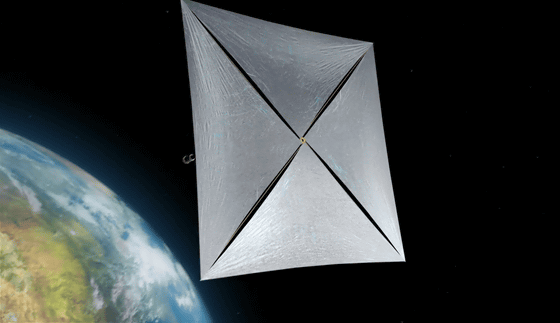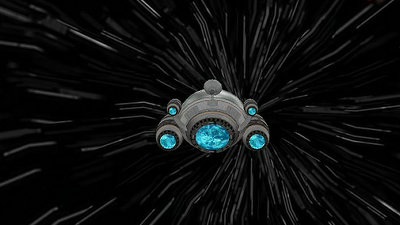What are the technical challenges of the 'Breakthrough Starshot' project, which sends a spacecraft to Alpha Centauri at 20% of the speed of light?

Even the human race fastest spacecraft, is the closest star system from the earth Alpha Centauri because it takes time thousands of years to reach the (Alpha Centauri), the arrival between the human crew is alive I can't meet you. A research team at the Australian National University has announced a solution to the technical challenges to realize the ' Breakthrough Starshot ' project, which aims to reach Alpha Centauri in about 20 years.
OSA | Photonic solution to phase sensing and control for light-based interstellar propulsion
https://www.osapublishing.org/josab/fulltext.cfm?uri=josab-38-5-1477&id=450064
Scientists lead ambitious study to reach infinity and beyond --ANU
https://www.anu.edu.au/news/all-news/scientists-lead-ambitious-study-to-reach-infinity-and-beyond
A Mission To Alpha Centauri Within A Human Lifetime Has Just Become More Realistic | IFLScience
https://www.iflscience.com/space/a-mission-to-alpha-centauri-within-a-human-lifetime-has-just-become-more-realistic/
Alpha Centauri is a star system about 4.3 light-years away from the solar system. 4.3 Light-years is about 40,680 billion km in kilometers, and it is said that it will take at least 7,000 years to travel using a modern spacecraft.

by
Advocated by physicist Stephen Hawking and Russian millionaire Yuri Milner in 2016, 'Breakthrough Starshot' is an alpha-small space probe launched into space in just 20 years. It is a grand plan to fly to Centauri and send the pictures taken in the moment of passing to the earth. However, due to the large technical restrictions, it is said that the realization of the plan is still a long way off.
Dr. Hawking and others start a plan to launch a spaceship that will reach Alpha Centauri in 20 years --GIGAZINE

A huge amount of energy is required to accelerate the space probe to 20% of the speed of light. Therefore, in Breakthrough Starshot, instead of the conventional method of 'accelerating with the engine and booster mounted on the space probe', the method of 'irradiating a powerful laser light from the ground to accelerate the space probe' is used. It is being considered.
According to Dr. Robert Ward of the Australian National University, the total amount of laser energy required for the 'Breakthrough Starshot' project is about 100 million GW. However, it is extremely difficult to irradiate a small space probe of only a few meters with this high-power laser. In particular, it is expected that the acceleration force of the laser will be greatly reduced due to the error caused by the atmosphere covering the earth.
So Katura Bandutunga, a researcher in applied metrology at the Australian National University, presented the idea of 'correcting lasers using artificial satellites.' The idea is to measure the error caused by the atmosphere by firing a laser from an artificial satellite toward the ground before accurately firing a high-power laser on a space probe.
Bandutunga is planning tests to see if this idea works, with satellite-based techniques for measuring atmospheric correction and lab-level techniques for focusing small lasers to make large lasers. I want to succeed in.

However, even if this idea can accurately irradiate the laser, there is another major technical challenge, Bandutunga said. In order to convert the irradiated laser into acceleration, the spacecraft must have a sail to receive the laser irradiation, just as a yacht receives the wind.
This sail can get acceleration by reflecting 99.99% of the light, but if the sail is damaged by melting or deforming with the energy of a high power laser, it can get acceleration. you can not. 'Developing a sail that won't melt under high power lasers is arguably one of the major technical challenges,' said Bandutunga.
'It's very exciting to bring together unique and ingenious solutions that scientists around the world have come up with to make this Breakthrough Starshot project a success,' said Bandutunga. did.
Related Posts:
in Science, Posted by log1i_yk







